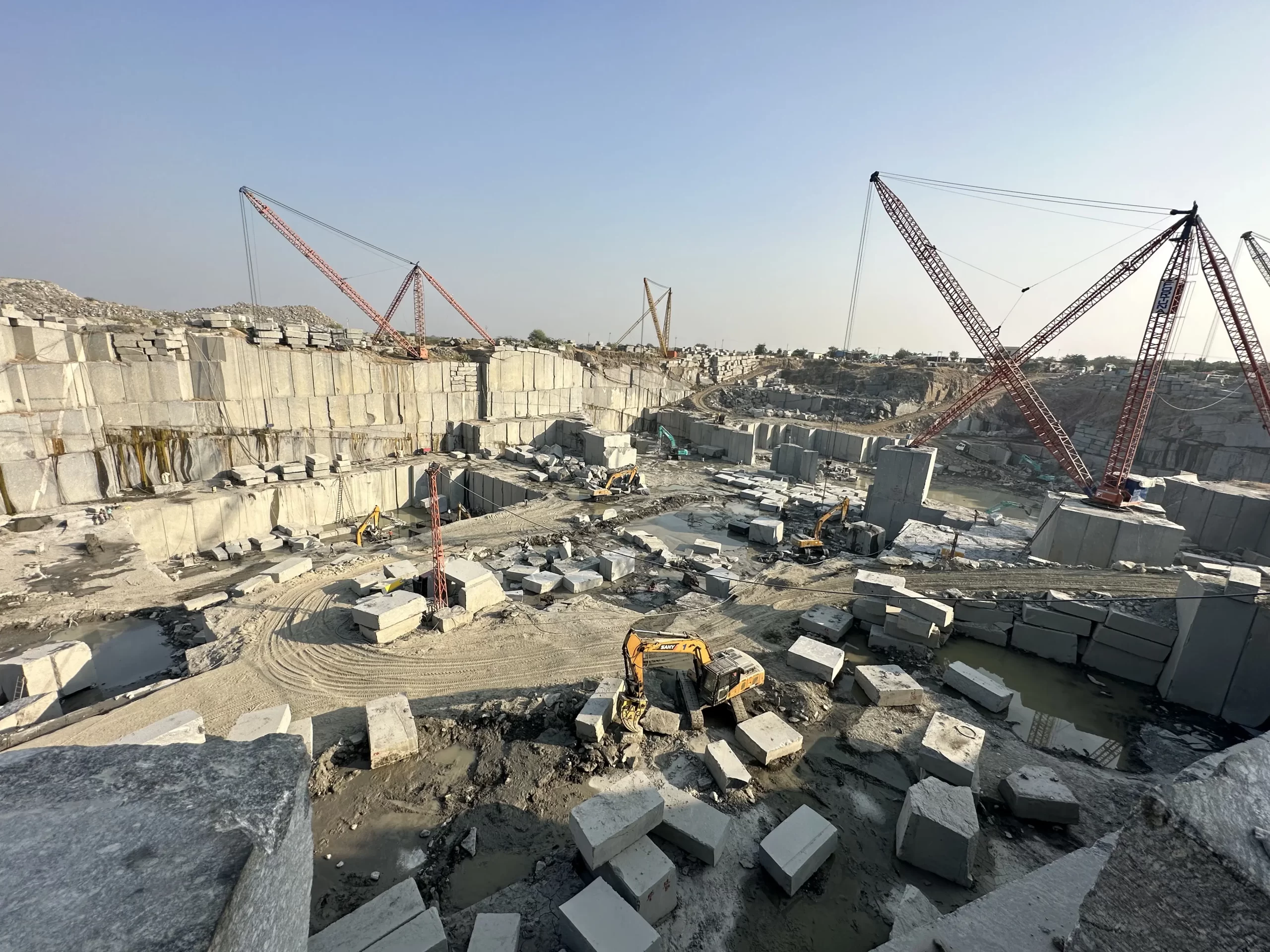Finding the Appeal of Granite Quarry in South Africa Wonders
Finding the Appeal of Granite Quarry in South Africa Wonders
Blog Article
Discovering the Rich History and Lasting Practices of Granite Quarrying
As we depend on the precipice of uncovering the detailed tapestry of granite quarrying, a journey through time exposes not just the physical act of removing rock however additionally the cultural and historical relevance woven right into the very fabric of this technique. From the ancient origins that laid the foundation for modern quarrying methods to the lasting methods that are forming the future of this industry, each chisel mark on granite surface areas tells a story waiting to be unearthed (granite quarries in south africa). The heritage of granite quarrying stretches much beyond mere extraction; it is a testament to human ingenuity, resilience, and the long-lasting attraction of this impressive stone
Ancient Beginnings of Granite Quarrying
Going back to old people, the practice of quarrying granite has actually been an indispensable component of human background and building innovation. The earliest proof of granite quarrying dates back to old Egypt, where substantial pyramids and detailed sculptures were crafted from this durable stone. The Egyptians used primitive devices to draw out granite blocks from quarries, showcasing the relevance of this material in their huge buildings.
Progressing in history, the Greeks additionally made considerable payments to the quarrying of granite. The Greeks used granite in different building marvels, such as holy places and statues, showing their ability in shaping and sculpting this durable stone. The Romans further improved the techniques of quarrying granite, using sophisticated devices like knives and hammers to extract and shape granite for their renowned structures.
Through the centuries, the technique of quarrying granite has actually developed, with modern-day innovations enhancing efficiency while maintaining the classic appeal of this all-natural rock - granite quarries in south africa. From old worlds to contemporary builders, the tradition of granite quarrying continues to shape our world
Development of Quarrying Methods
The advancement of quarrying techniques has been marked by a continuous progression towards better efficiency and precision in drawing out granite. From the simple approaches used by our ancestors to the advanced technologies utilized in contemporary quarrying procedures, the market has actually undertaken considerable developments. Early quarrying techniques included manual work with fundamental tools such as knives, hammers, and wedges to extract granite blocks from the planet. As human beings proceeded, methods like fire-setting and primitive dynamites were presented to help with the extraction procedure.
In even more recent times, the development of machinery revolutionized the quarrying sector, allowing much faster extraction rates and enhanced productivity. Technologies such as ruby cord saws, high-pressure water jets, and pneumatic drills have come to be conventional in modern-day quarries, permitting for precise cutting and minimized waste. Additionally, innovations in computer-controlled devices and 3D modeling have optimized quarrying procedures, resulting in marginal ecological effect and boosted sustainability practices. As the demand for granite remains to increase, the advancement of quarrying techniques continues to be essential to meeting industry needs successfully and sustainably.
Social Significance of Granite
Granite holds an extensive cultural value across numerous civilizations because of its long-lasting visibility in building masterpieces and admired monuments. From the majestic pyramids of Egypt to the elaborate makings of the Angkor Wat holy place in Cambodia, granite has actually been a product of choice for revealing splendour and longevity in cultural heritage. In old Rome, granite columns embellished holy places and public structures, signifying strength and permanence. The cultural relevance of granite expands beyond its physical features; it embodies durability, stability, and timelessness, making it a symbol of withstanding legacies and practices.

Lasting Practices in Quarrying
Among the abundant history check my site of granite quarrying and its social value exists an expanding focus on lasting techniques within the sector. As environmental understanding and concerns concerning resource deficiency have heightened around the world, the quarrying field has actually significantly welcomed lasting methods to minimize its find more influence on the atmosphere and bordering neighborhoods.

Moreover, improvement and recovery of quarry websites post-extraction are integral to sustainable practices. By restoring quarried locations to an all-natural or useful state, such as developing wildlife habitats or recreational spaces, quarriers can balance out the ecological footprint of their operations and add positively to the neighborhood community.
Legacy of Granite Quarrying
With a historic background steeped in craftsmanship and commercial development, what sustaining effect has granite quarrying left on the landscape of modern-day society? The tradition of granite quarrying transcends mere extraction techniques; it has shaped architectural wonders, urban landscapes, and cultural heritage worldwide. The sturdy nature of granite has actually made it a favored option for monoliths, buildings, and facilities, standing as a testament to the ability and virtuosity of quarry employees throughout generations.
Moreover, the economic impact of granite quarrying can not be forgotten. The market remains to provide job my website opportunity and drive regional economic climates in areas where granite removal is prevalent. It has actually also stimulated technical developments in quarrying strategies and devices, causing extra efficient and lasting practices.
In regards to sustainability, the legacy of granite quarrying includes initiatives to minimize environmental impacts with reclamation projects and liable source monitoring. By balancing financial interests with environmental stewardship, the sector aims to make sure that future generations can remain to gain from this enduring natural source.
Conclusion

Report this page